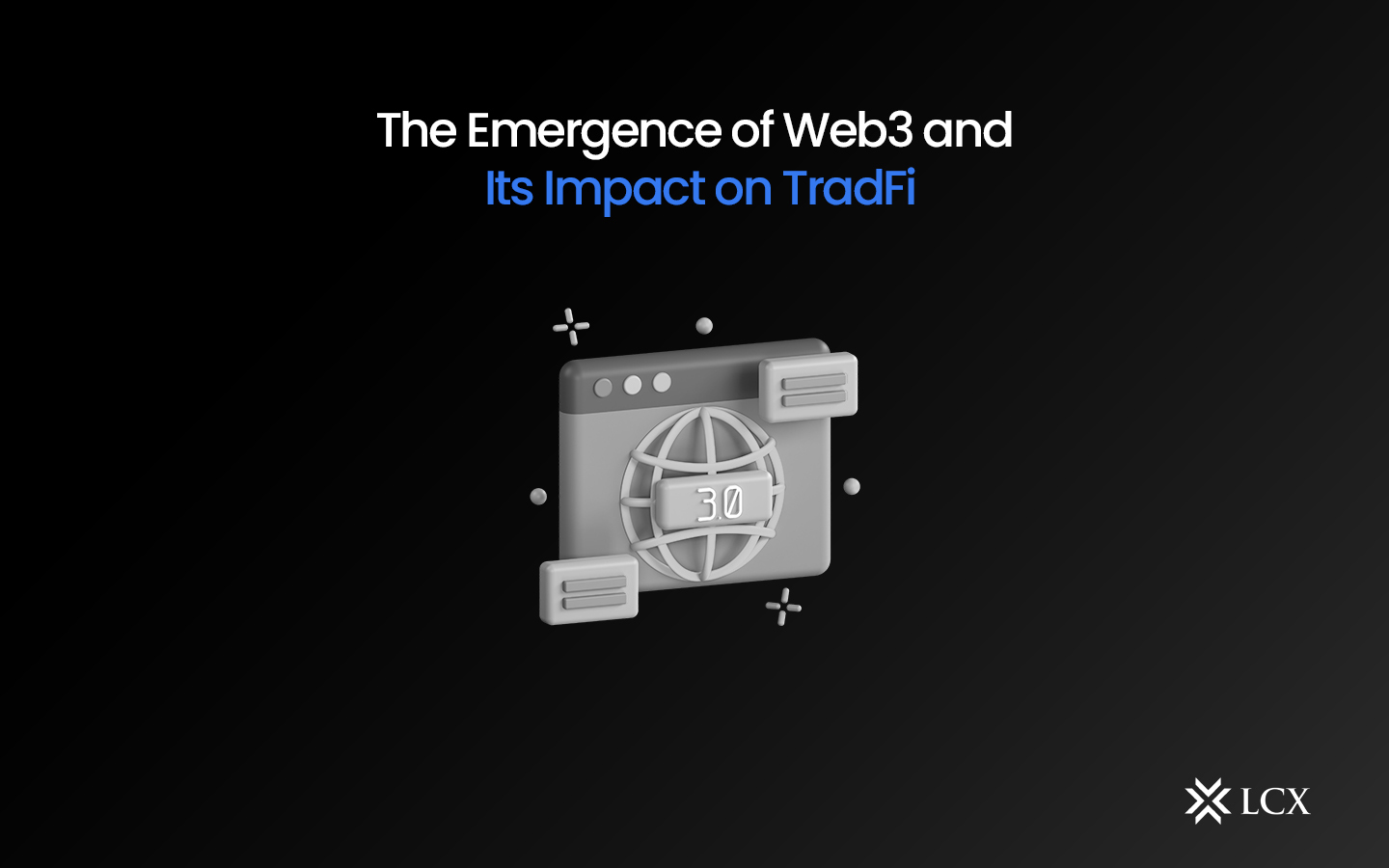Web3 is gaining traction in traditional finance as the underlying technology of Web3 can transform the face of TradFi. Owing to the advancements in Web3, the world of finance is going through a massive shift, and the way we conduct our financial business is evolving. The emergence of Web3 has sparked a wave of innovation within traditional finance. It is also known as the decentralized web, is a growing movement that is challenging traditional finance by offering a more transparent, secure, and decentralized alternative.
Web3: The Key to Modernizing and Innovating Traditional Finance
With the wave of mass adoption of digital modes of finance, it is time for TradFi to adopt some of the features of the Web3 universe to stay relevant and competent. The sudden popularity of Web3 is rooted in its characteristics. Web3 offers stability, scalability, interoperability, security, performance, extensibility, manageability, and openness, all attributes that traditional finance should aim to adopt.
One significant feature that traditional finance must adopt from Web3 is the use of a decentralized mode of finance, which allows for the creation of a system that is more transparent and resilient than a conventional system of finance. The proliferation of decentralized finance (DeFi) in the traditional financial system will be the most significant outcome for the financial world out of the invention of Web 3.0. DeFi offers the possibility of expanding TradFi’s total addressable market to the world. It will also enable TradFi organizations to cut down on the cost of infrastructure and data center development as they can then leverage Web3 infrastructure.
Web3 technologies have the potential to provide the necessary infrastructure to support the adoption of a decentralized system of payment and transactions within the TradFi space as well. A decentralized system based on blockchain technology enables faster, cheaper, and more secure transactions than the technology currently utilized by TradFi. For instance, the use of smart contracts can automate complex transactions and reduce the need for intermediaries, while simultaneously increasing security and transparency. Traditional finance presently relies on a complex web of intermediaries and intermediation processes, which can be slow and opaque. This technologies, on the other hand, offer a more streamlined and transparent approach, allowing for faster and more transparent financial transactions.
In Conclusion: The Key Point To Remember
Overall, the emergence of Web3 technology has opened up a world of opportunities for the financial services industry. By adopting Web3 insights and technologies, traditional finance can improve the efficiency, security, accessibility, accuracy, and transparency of its services to better serve the needs of its customers. As more and more people turn to the internet for their financial needs, it is becoming increasingly important for traditional finance to embrace this new technology and adapt to the changing landscape.










